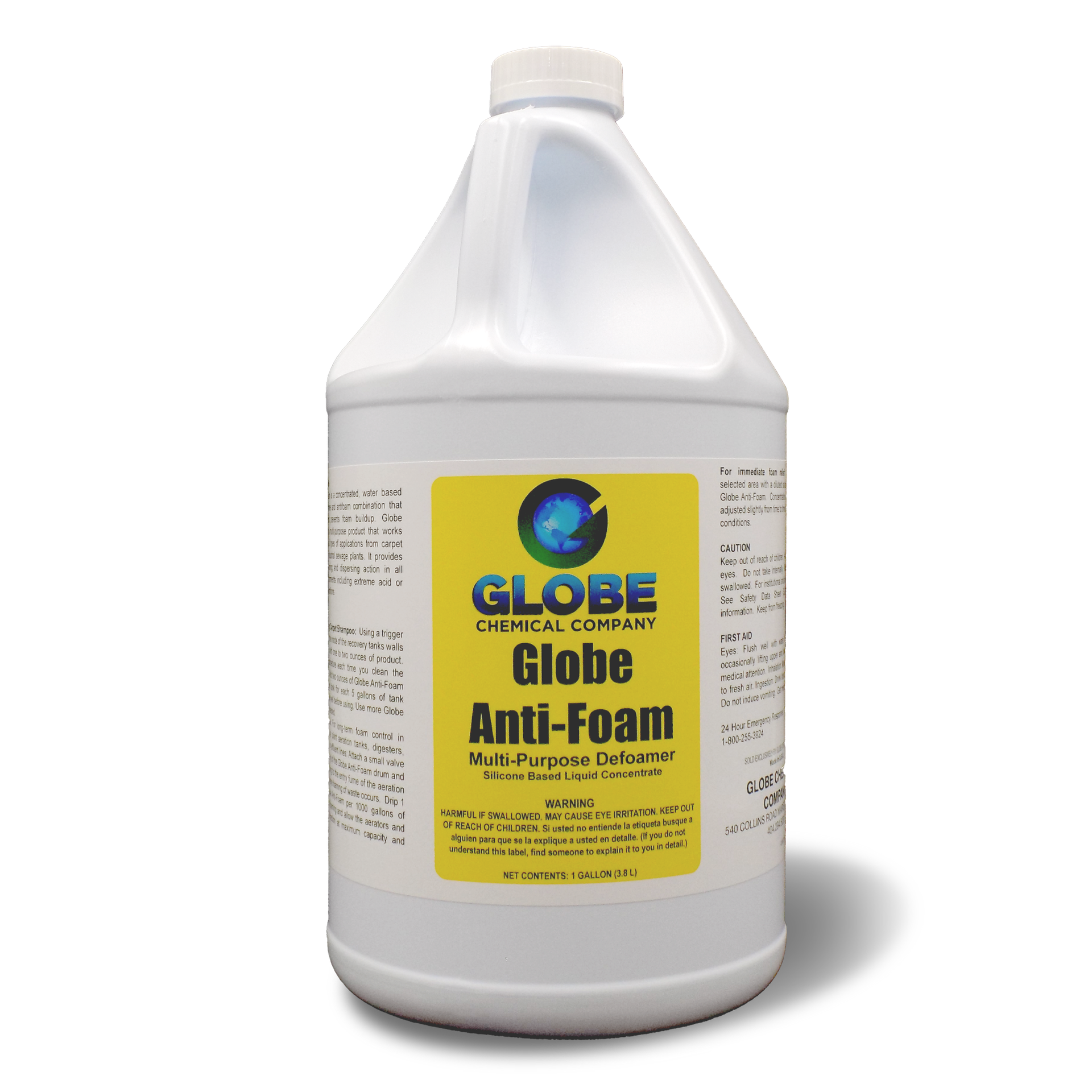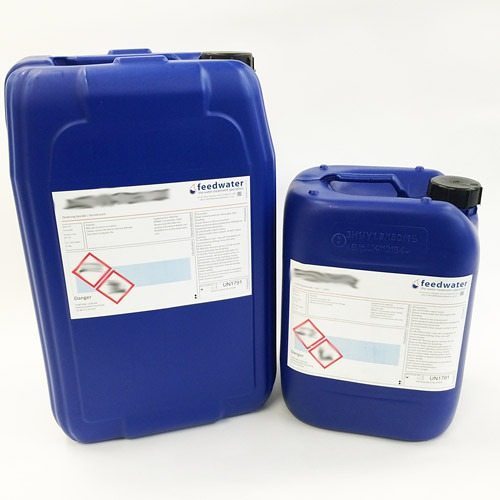Everything You Need to Know About Chemical Defoamer and Its Advantages
Just How a Chemical Defoamer Can Enhance Performance in Your Procedures and Processes
In today's affordable industrial landscape, functional performance is vital, and the role of a chemical defoamer can not be ignored. By attending to foam-related obstacles that disrupt processes, defoamers not only assist in smoother operations however likewise contribute to cost savings and improved item high quality. Their effect spans numerous sectors, making them a vital factor to consider for those looking to enhance performance. Nevertheless, comprehending the particular benefits and applications of defoamers raises crucial questions regarding their choice and application. What elements should you take into consideration to optimize their performance in your operations?
Comprehending Chemical Defoamers
Chemical defoamers play an essential function in different commercial procedures by efficiently protecting against and decreasing foam formation. Frothing can bring about operational inadequacies, boosted production prices, and compromised item top quality. Defoamers are specialized chemical additives developed to interfere with the security of foam bubbles, consequently enabling smoother handling and improved performance throughout a number of sectors, consisting of food and drink, drugs, and wastewater treatment.

These representatives normally contain surfactants, oils, or polymeric compounds that lower the surface stress of the liquid, helping with the collapse of foam. The system whereby defoamers operate usually involves the destabilization of foam frameworks, enabling for quicker water drainage of liquid and the launch of trapped air. Various formulations are tailored to particular applications, taking into consideration aspects such as compatibility with the system, temperature, and the nature of the liquid being dealt with.
Recognizing the make-up and functionality of chemical defoamers is vital for choosing the suitable item for an offered application. By optimizing defoamer option based upon process demands, markets can enhance functional performance, mitigate foam-related difficulties, and inevitably improve overall efficiency.
Advantages of Making Use Of Defoamers
Utilizing defoamers can dramatically enhance operational effectiveness throughout numerous industries by efficiently alleviating foam-related concerns. The visibility of foam can disrupt procedures, leading to enhanced downtime, decreased productivity, and possible quality degradation in end items. Defoamers assist battle these challenges by damaging down foam structures, consequently permitting for smoother procedures.
One of the main advantages of using defoamers is the decrease of waste and remodel. By reducing foam development, defoamers enhance the consistency of processes, making sure that materials are made use of effectively. This not only reduces operational expenses however likewise adds to sustainability initiatives by minimizing resource usage.
Additionally, defoamers can boost product quality. In manufacturing settings, extreme foam can cause inconsistencies in item qualities, influencing client contentment. By regulating foam levels, defoamers aid maintain the desired physical homes of items.

Applications in Numerous Industries
The performance of defoamers expands across a vast variety of industries, where their application addresses particular foam-related obstacles inherent per field. In the food and beverage market, defoamers are important for optimizing production procedures, such as developing and dairy products handling, where extreme foam can hinder flow rates and decrease performance. By lessening foam, these representatives boost item high quality and consistency.
In the chemical manufacturing field, defoamers are employed in procedures like paint production and wastewater therapy. Right here, they avoid foam formation that can conflict with mixing and separate phases, consequently enhancing the general efficiency and efficiency of operations.
In pharmaceuticals, defoamers play an important function in the formula of fluid medications, ensuring appropriate dosage and stability by managing foam throughout mixing and storage. (Chemical Defoamer)
Furthermore, in the farming field, defoamers are utilized in pesticide formulations to enhance application performance and decrease waste.
Picking the Right Defoamer
Picking the suitable defoamer is important for attaining optimal performance in numerous applications. The selection process ought to start with a thorough understanding of the specific issues handy, consisting of the kind of foam present, the handling problems, and the chemical compatibility with other formulation parts.
Defoamers are click over here formulated from he said a range of products, consisting of silicone, mineral oils, and fatty acids. Determining the ideal composition is important, as different materials exhibit differing efficiency in varied settings. For example, silicone-based defoamers are typically preferred in high-temperature applications as a result of their stability, while natural defoamers might be better for water-based systems.
Furthermore, take into consideration the defoamer's effect on the final item. Some solutions can change the aesthetic or useful residential properties, making it essential to select a defoamer that meets product specifications without jeopardizing high quality.
Evaluating is another crucial step in picking a defoamer. Small-scale tests can supply valuable understandings into the defoamer's efficiency, permitting for changes prior to full-blown implementation. By thoroughly reviewing these variables, services can enhance performance and make sure that the defoamer successfully meets their functional requirements.
Best Practices for Implementation
Implementing a defoamer properly requires careful preparation and adherence to ideal methods to maximize its performance. Initially, carry out an extensive assessment of the details application and foam attributes. Understanding the kind and source of foam will assist the choice of one of the most appropriate defoamer formulation.
Following, establish the optimum dosage (Chemical Defoamer). Begin with a small trial to figure out the minimum reliable concentration, as too much use can lead to negative effects on item quality or functional efficiency
Tracking and adjusting the application technique is essential; make certain that the defoamer is presented at the best factor in the process for optimal impact, such as throughout mixing or promptly after foam formation.

Additionally, maintain clear interaction with all relevant employees to make sure consistent application methods and to share insights on performance results.
Conclusion
In conclusion, the application of chemical defoamers plays an essential role in boosting operational performance throughout varied industries. Eventually, the unification of defoamers into industrial processes fosters dependability and contributes to total performance improvement.

In the food and drink sector, defoamers are vital for enhancing production procedures, such as developing and dairy products processing, where too much foam can impede flow prices and minimize effectiveness. Silicone-based defoamers are frequently favored in high-temperature applications due to their security, while organic defoamers might be a lot more appropriate for water-based systems.